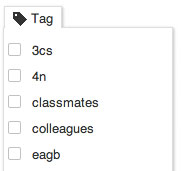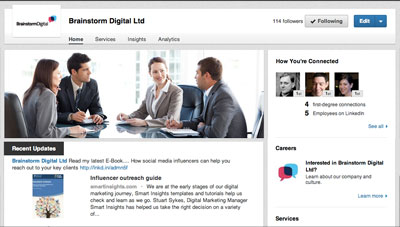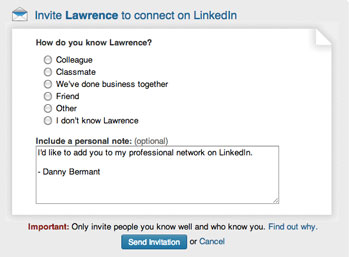How to play the ‘we we’ game
Have you ever played the “We We” game? Don’t worry, it’s nothing rude!
The “We We” game is a very simple game that you can play to find out how much time you are spending on social media talking about yourself. A very common problem that marketers make is that they go on several Twitter accounts or even Facebook accounts and talk about ‘We’ or ‘Us’. No one is interested in you talking about yourself. You need to talk to your customers and talk to them about their problems.



 Facebook, Twitter, LinkedIn and Youtube are all free to set up and use. And if you know what you’re doing, your messages can reach an audience of thousands or even millions. So isn’t social media basically a form of free advertising?
Facebook, Twitter, LinkedIn and Youtube are all free to set up and use. And if you know what you’re doing, your messages can reach an audience of thousands or even millions. So isn’t social media basically a form of free advertising?
 Facebook, Twitter, LinkedIn and Youtube are all free to set up and use. And if you know what you’re doing, your messages can reach an audience of thousands or even millions. So isn’t social media basically a form of free advertising?
Facebook, Twitter, LinkedIn and Youtube are all free to set up and use. And if you know what you’re doing, your messages can reach an audience of thousands or even millions. So isn’t social media basically a form of free advertising?
 You know that feeling…. It’s Monday morning, you’re alone in the office looking for some great ideas to share on social media, but you’ve hit a brick wall…
You know that feeling…. It’s Monday morning, you’re alone in the office looking for some great ideas to share on social media, but you’ve hit a brick wall…
 As you start building up contacts on LinkedIn, it becomes harder to remember where a particular contact originally came from especially if it is not someone you interact with regularly. In fact, once your number of contacts goes over 500, recollection of that first introduction is nearly impossible.
As you start building up contacts on LinkedIn, it becomes harder to remember where a particular contact originally came from especially if it is not someone you interact with regularly. In fact, once your number of contacts goes over 500, recollection of that first introduction is nearly impossible.
 When it comes to making new business contacts and growing your professional network, LinkedIn is certainly the network of choice. But it’s not enough simply having a LinkedIn account?
When it comes to making new business contacts and growing your professional network, LinkedIn is certainly the network of choice. But it’s not enough simply having a LinkedIn account? 
 I recently received an invitation to connect with someone I had met at a conference. I didn’t remember her but she remembered me. Fortunately I messaged her back to ask if I could help her and she then reminded me where we’d met. I have also had LinkedIn invites form business associates who someone else has suggested should get in contact with me so that I can advise them on social media for example.
I recently received an invitation to connect with someone I had met at a conference. I didn’t remember her but she remembered me. Fortunately I messaged her back to ask if I could help her and she then reminded me where we’d met. I have also had LinkedIn invites form business associates who someone else has suggested should get in contact with me so that I can advise them on social media for example.
 In brief, SWAM is a measure that LinkedIn introduced to reduce spam in LinkedIn groups. Group owners have the discretion to block any member they regard as a spammer. If for any reason you’re blocked from a group, all your discussions in all other groups have to be moderated by the group owners before they are published. This is pretty much a death sentence for your LinkedIn account as few group administrators have the time or inclination to check the moderation queues that group discussions attract. Your comments and posts simply stop appearing in groups.
In brief, SWAM is a measure that LinkedIn introduced to reduce spam in LinkedIn groups. Group owners have the discretion to block any member they regard as a spammer. If for any reason you’re blocked from a group, all your discussions in all other groups have to be moderated by the group owners before they are published. This is pretty much a death sentence for your LinkedIn account as few group administrators have the time or inclination to check the moderation queues that group discussions attract. Your comments and posts simply stop appearing in groups.